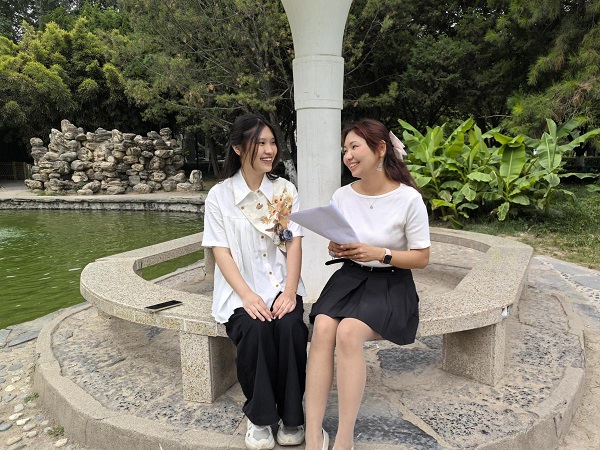Advancement in the study of superconducting mechanism of high-temperature superconducting materials

Recently, XJTU Professor Zhang Peng from the School of Science, collaborating with S. Ismail-beigi Research Group from the Department of Applied Physics of Yale University and K. Haule Research Group from the Department of Physics of Rutgers University in America, developed a new type of iron-based high-temperature superconducting material -- FeSe/SrTiO3. At normal pressure, the superconducting temperature of iron-based superconductor FeSe is only 8K. However, the research team led by Xue Qikun from Tsinghua University found in 2012 that the superconducting temperatureof monolayer FeSe flim grown on the surface of SrTiO3 can reach up to 65-100K, which is much higher than that of bulk FeSe. This finding brings twointerrelated questions to light: "How do the atoms of the monolayer FeSe arrange at the SrTiO3 interface?" and "How does such an arrangement of atoms associate with a rapid increase of the superconducting temperature of FeSe / SrTiO3?"
To address these two questions, Professor Zhang Peng and his collaborators obtained an accurate arrangement of atomic locations at the interface of the monolayer FeSegrown on SrTiO3 through numerical simulations. Theyfound that the electron spectrum acquired based on this atomic arrangement is consistent with the experimental results. This researchclarified the crystal structure of the FeSe / SrTiO3, and further pointed out that the correlation between electrons and the associated superconducting transition temperature are determined by the angle of Se-Fe-Se bond in FeSe/SrTiO3. In addition, it provides a theoretical basis for further researchof other properties of FeSe/SrTiO3, and for searching and designing other high-temperature superconducting materials with similar crystal structures.
The above results were published on the journal Physical Review Letters (Phys. Rev. Lett. 119, 067004 (2017). Professor Zhang Peng from the School of Science of XJTU is the corresponding author.

